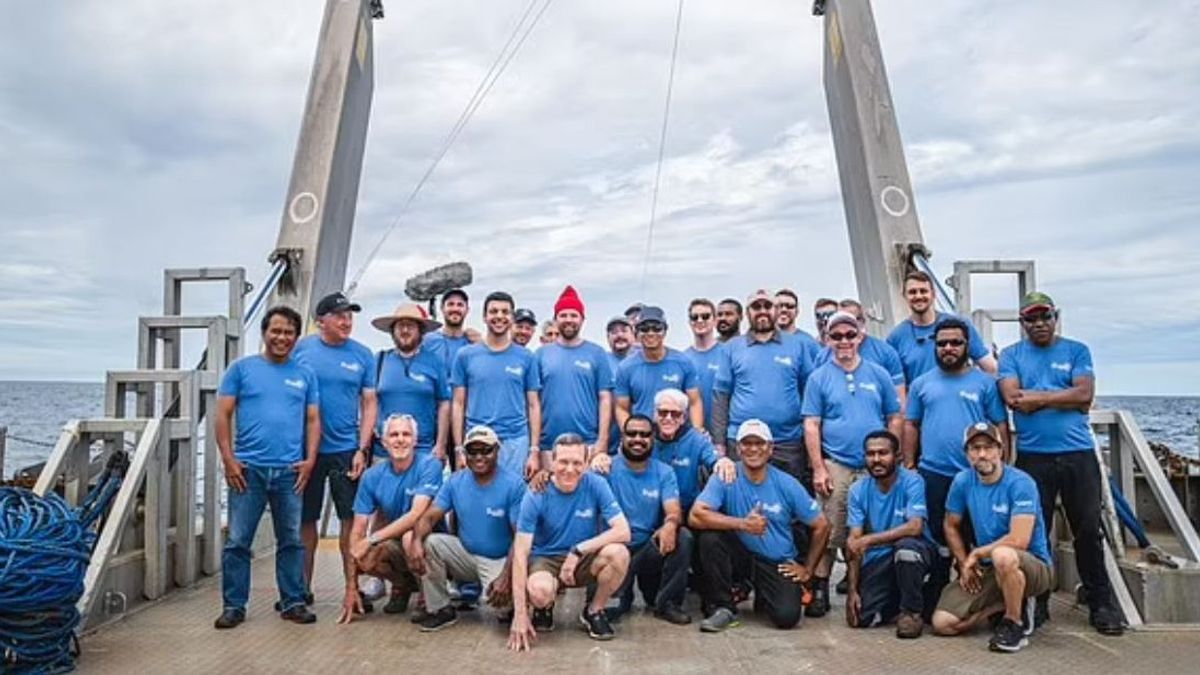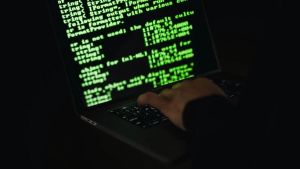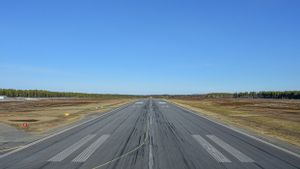JAKARTA - Scientists claim to have successfully retrieved material originating from outside our solar system for the first time in history.
Harvard physicist who is also looking for signs of alien presence, Professor Avi Loeb, said an initial analysis of the metal fragments found by his team from the Pacific Ocean in June showed that they came from interstellar space.
The remains come from a meteor-like object that crashed off the coast of Papua New Guinea in 2014, which Professor Loeb said did not rule out the possibility that it might be fragments from foreign aircraft.
The team found about 700 small metal balls during the expedition, and 57 analyzed contained compositions that did not match any natural or man-made alloys.
This finding does not yet answer whether the balls are artificial or natural - which Professor Loeb said the next question in his research was to answer.
"This is a historic discovery because this is the first time humans have touched material from a massive object that arrives on Earth from outside the solar system," Professor Loeb said on Tuesday, August 29.
"I was very happy when Stein Jacobsen reported it to me based on the results in his laboratory. Stein is a very conservative and professional geochemist with a global reputation," said Professor Loeb, quoted by DailyMail.com.
"It has no bias or agenda whatsoever and hopes to find a sperul-spherul familiar with the composition of the solar system. But the data show something new, which has never been reported in scientific literature. Science is directed by evidence," he added.
Professor Loeb also said that future research would address whether the fragments were only part of space rock or alien technology debris that had been floating in the cosmos for centuries.
"Currently, we want to check whether material comes from outside the solar system," he said. "The success of this expedition illustrates the value of taking risks in science despite all possibilities as an opportunity to discover new knowledge."
Loeb and his team published their study of these findings, which peer reviews have not yet been processed. The study states that the fragments - known as spherul - appear to be nesting each other, suggest that the smaller fluid droplets freeze early. And the texture on the surface of these round objects shows rapid cooling.
Analysis of these fragments shows the high content of Beliium, lantanum, and uranium, along with low content of iron-bound elements, such as Rhenium - one of the rarest elements found on Earth.
Although these elements are on Earth, Professor Loeb explains that these patterns do not match the alloys found on our planet, moon, Mars, or other natural meteorites in the solar system.
The pattern of delegation of "BeLaU" found in the IM1 sperul may come from the ocean magma of a highly differentiable planet, the study reads.
The document continues to explain that this element pattern is different from objects in our solar system, including the continental crust above Earth.
Professor Loeb also proposed the theory that because the combination of BeLaU has "excess heavy elements," these fragments may have been thrown from supernovae or the merger of neutron stars.
However, the pattern is associated with a "process-s" indicating that the debris comes from an independent source, such as the Asimtotic Giant Branch (AGB) star.
The AGB star is the final evolutionary stage of low and medium-mass stars driven by nuclear burning.
Professor Loeb's future research plan is to uncover this puzzle.
Over the years, he has argued that Earth may have been visited by interstellar technology.
In 2017, an interstellar object called Oumumumua through the Solar System, and although most scientists believe it is a natural phenomenon, Professor Loeb has famously argued that it may come from foreigners.
Following the discovery of Oumumumua in 2017, Professor Loeb argued - despite much criticism - that more interstellar objects are likely to have passed near Earth.
He was confirmed in 2019 when a student discovered that a high-speed fireball in 2014, the IM1 meteor, also had an interstellar origin, which was earlier than Oumumumua.
The Harvard scientist spent years working with the US military to determine its impact zone, by collecting data to determine whether and when the object fell from space.
Gecekan udara membakar IM1 menjadi api di udara saat menuju ke Bumi, meninggalkan jejak droplet besi cair di belakulnya pada 8 Januari tahun itu.
The discovery that this interstellar metal fragment could be taken from the Pacific Ocean with a strong magnet carrying Professor Loeb and the Galileo team to its latest mission.
In June, Professor Loeb and his team went to a location where the IM1 meteor was believed to have fallen nearly a decade ago.
Also known as CNEOS1 2014-01-08, the object has an estimated diameter of 1.5 feet, a mass of 1,014 pounds, and an impact speed of 37.3 miles per second.
IM1 withstands pressure four times from pressure that would typically destroy ordinary iron-metal meteors - while sliding through Earth's atmosphere at a speed of 100,215 miles per hour.
Iron is already the main ingredient in the most resistant natural type of meteor, so the Harvard team proposes the theory that there should be something very unusual about how this object was created.
And now a series of tests on the IM1 fragments found have proven that its chemical composition is almost entirely made up of iron: strong evidence supports the Harvard team's most controversial theory of the object.
The Harvard team is trying to ensure that about 700 or more iron spherules taken from more than a mile below the surface of the Pacific Ocean are the actual remains of IM1.
First, the team narrowed the final IM1 track as it turned into fire on its way to the sea, tracking its air explosion with US Department of Defense satellite data and a local seismometer installed to monitor earthquakes and volcanic activity.
With the high belief that the final IM1 trajectory covers 6.2 square miles (16 square km) of the ocean near Manus Island, the team can then scratch the bottom of the deep ocean with a large magnet'sled' - both along the IM1 trajectory and some 'control' areas.
This control area ensures that more iron balls do not reach the ocean floor through events unrelated to the fall of IM1 to Earth.
About two dozen people, including scientists from the Galileo Project Expedition Harvard, crew, and documentary filmmakers documenting the venture, departed the city of the island of Lorengau on June 14 on the Silver Star ship.
VOIR éGALEMENT:
Throughout the two-week Pacific journey, the Galileo team searched the seabed to search for signs of IM1 debris, pulling a deep sea magnet'sled' along the final trajectory of the fireball and completing 26 times the road on the seabed.
In 2021, the physicist released a book entitled 'Extraterrestrial: The First Sign of Smart Life Abroad,' which argued that Oumumumua may not be comets or asteroids but "space junk" from alien civilizations. However, his fellow researchers have long criticized Professor Loeb for his efforts.
"People are tired of hearing Avi Loeb's wild claims," said Steve Desch, an astrophysical expert at the State University of Arizona, told The New York Times. "This pollutes good science - combining the good science we do with ridiculous sensationalism and consuming all oxygen in the room."
Professor Loeb answered these comments at his Medium post and hoped "These astronomers get happiness and prosperity."
"Now that we found a sperul with an extra-surya composition near the IM1 line, it is better for them to withdraw their published claim that US Space Command estimates the IM1 speed by a large factor and that IM1 is a meteorite rock from the solar system," he wrote. "We now know that IM1 is interstellar. Instead of rejecting the data, they better revise their model."
The English, Chinese, Japanese, Arabic, and French versions are automatically generated by the AI. So there may still be inaccuracies in translating, please always see Indonesian as our main language. (system supported by DigitalSiber.id)















